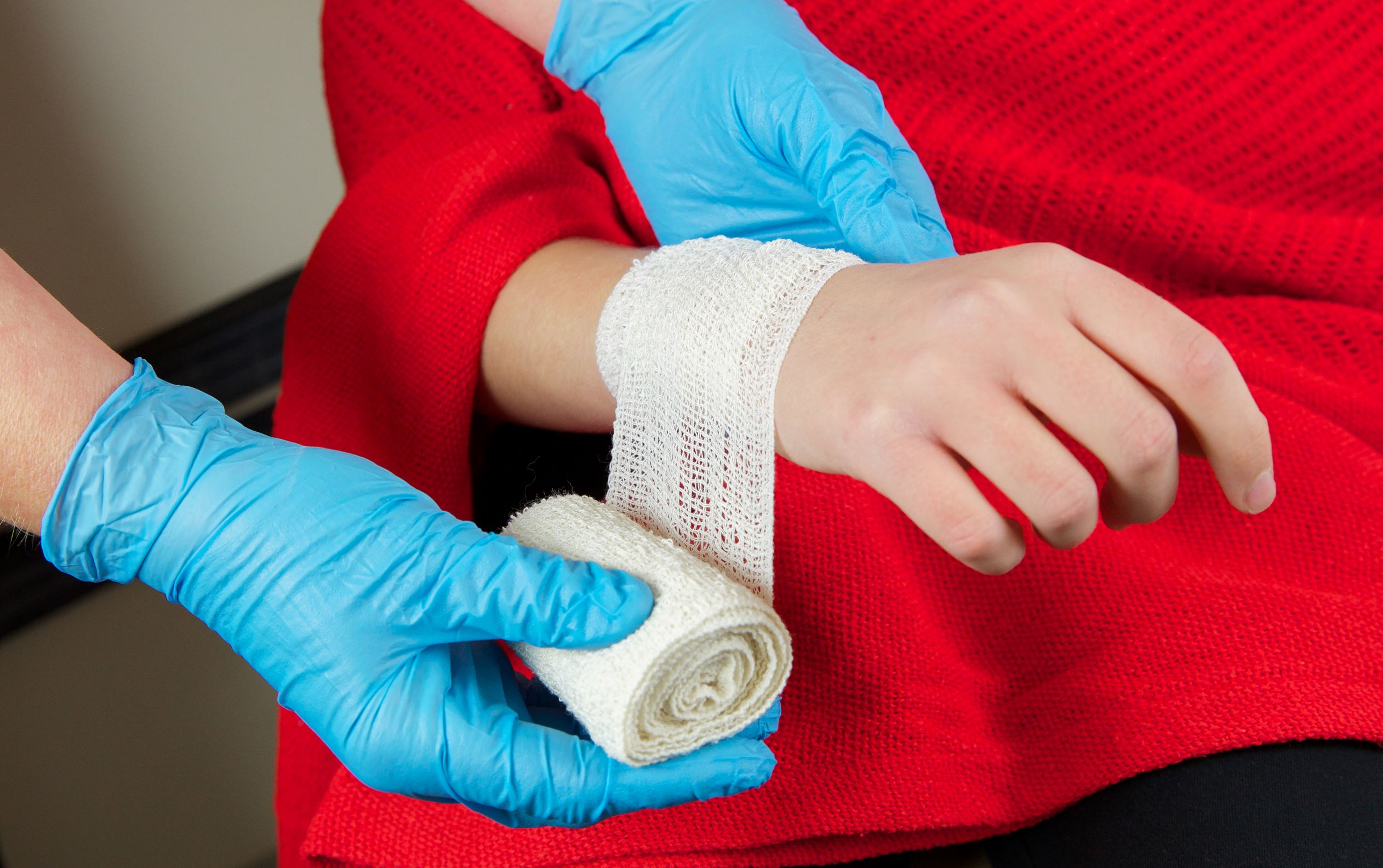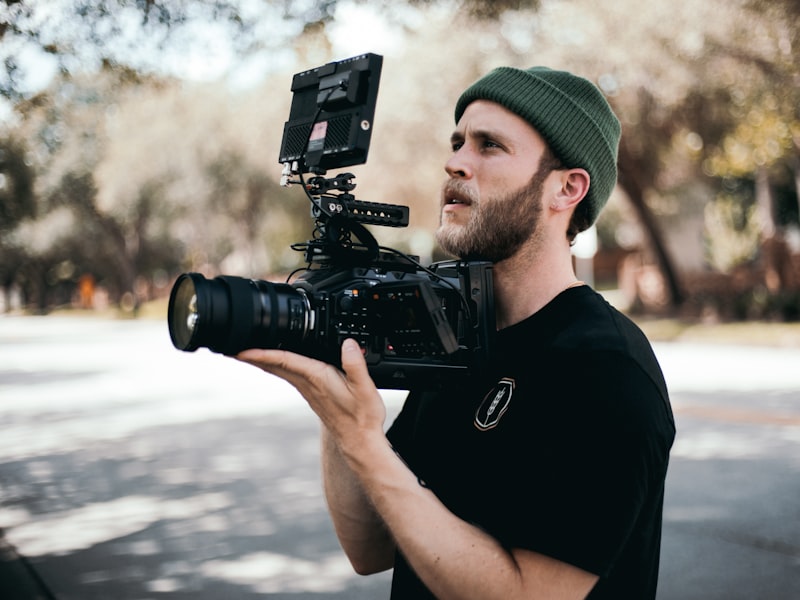
First aid may be the initial emergency care of a sickness or an injury. It is initiated by a person who is not necessarily medical but trained to take care of sick or injured people during an emergency or before medical treatment can be obtained. There are particular illnesses or minor injuries that could be taken care of with first aid and not require additional medical care. There are very easy or potentially life-saving techniques that could be performed by people that have first aid certificates.
? History: First aid was first rendered in the 11th century by the Knights Hospitaller whenever using pilgrims and knights. Further purposes of the Knights Hospitaller were to teach other pilgrims and knights in giving first aid to battlefield injuries. Medical went away until the 1800s when villagers banded together to help teach and render first aid. In the later 1800s, the Red Cross was formed with the mission statement of giving aid to the sick and wounded soldiers in the field. St. John Ambulance was later formed to teach first aid, certify specific helpers, and teach skills to civilians. During the Civil War, Clara Barton organized the American Red Cross and continual teaching and training has been a portion of the Red Cross' since that time.
? Aims: First aid aims to teach how to preserve life in emergency situations. https://firstaidtrainingcumbria.co.uk/best-first-aid-courses-cumbria/ was also developed to avoid further injuries and to move a patient from harm. First aid techniques prevent the worsening of injuries through the use of pressure to stop bleeding, promote recovery when breathing is a problem, also to clean and take care of wounds. First aid training and certification also involves responder safety and help with treatment.
? Skills: There are first aid skills that need to be taught to both ensure certification and to promote first aid techniques. The initial skill is ABC or airway, breathing and circulation. You need to first clear the airway, determine if the victim is breathing and do chest compressions to supply circulation. Variations are offered with this ABC skill depending on the skill of the initial aider.
? Life: If the patient is breathing, those rendering first aid can turn the victim on their side. In case a victim is chocking, anyone who has first aid training need to deliver back slaps and abdominal thrusts. First aid certificates will acknowledge that you have been been trained in helping victims breathe, stop chocking, and help carefully and support.
? Recovery: Those with medical certificates can be somewhat knowledgeable tin helping with wounds, cuts, grazes or bone fractures. First aid certifications provide you with the confidence putting a little bandage on the problems for maintaining a broken bone until help arrives.
First aid certificates can be obtained by learning how to use an adhesive bandage, applying direct pressure on a cut, and helping with CPR or cardiopulmonary resuscitation. Attend a course and maintain your first aid skills to retain your certificate. Have a look at your local community education sources, Red Cross, and church affiliations to learn how you can get your medical certificate.
